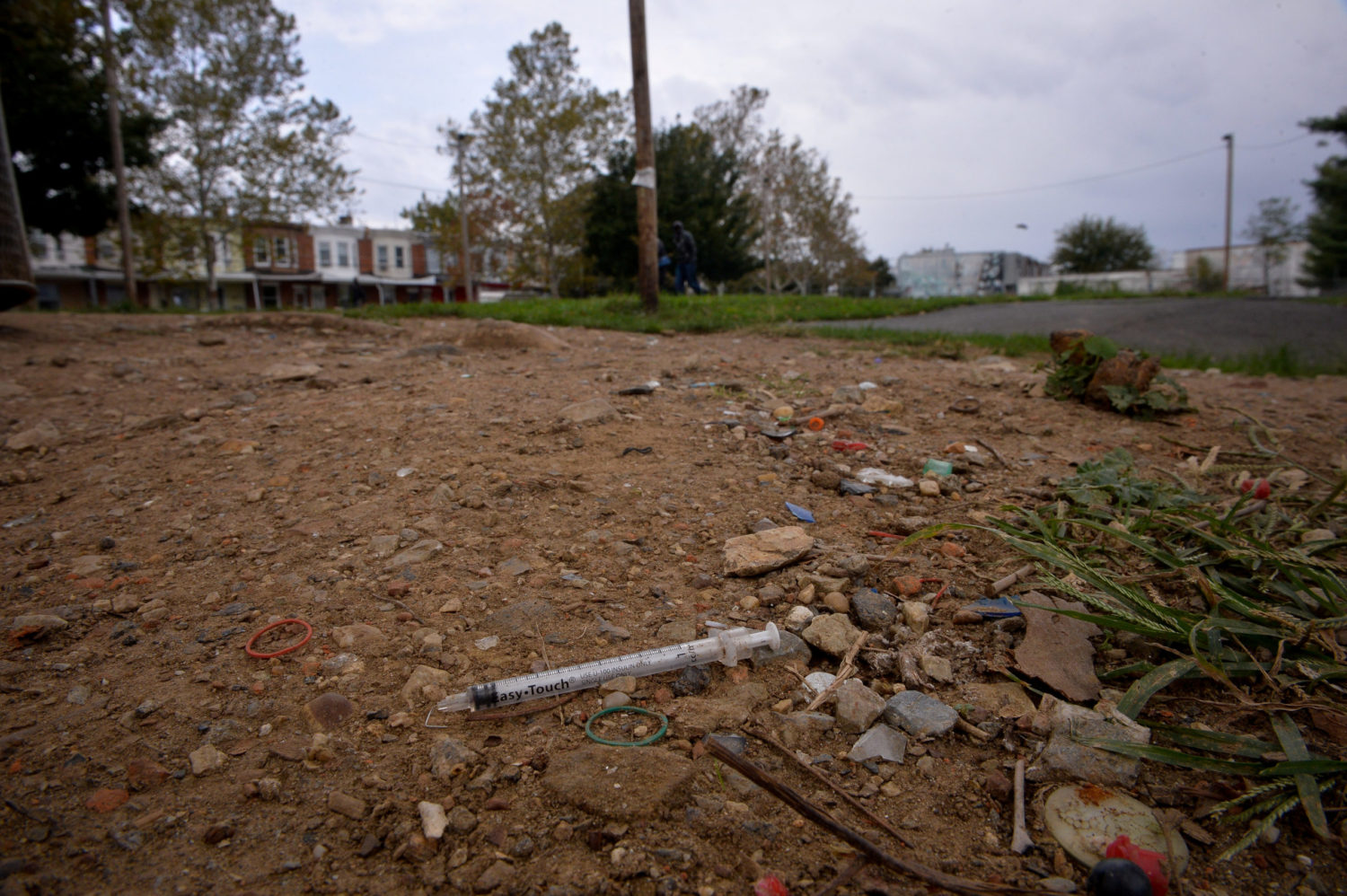
Revelations 18:23 ‘For the merchants were the great men of the earth; for by thy sorceries were all nations deceived.’
Important Takeaways:
- Oklahoma Ranchers Predict Beef To Rise To $50 per Pound
- The whole state of Oklahoma is currently classified in a state of drought. Some areas are considered “abnormally dry” while others are listed as experiencing “extreme” drought status, but that’s not painting the full picture that is happening across the entire beef industry right now.
- During periods of past drought, it hasn’t historically been a widespread occurrence. It’s usually one region or another suffering from dry conditions, and the other regions have been able to support those in need.
- This drought isn’t currently limited to Oklahoma and a handful of other states… It’s almost the entire western half of the country, and the pain we’re feeling now in the store is nothing compared to what ranchers are warning us of.
- Thanks to the unending economic symptoms of the pandemic and 2022’s inflation double-punch, average beef prices are currently about twice what they were in 2019. Add in the deepening widespread drought, a shortage of hay and feed, skyrocketing prices, transport costs, and various other metrics, some Southwest Oklahoma beef producers suggest cheap ground beef could eventually top $50 per pound.
- Between the current inflation and the weather, we could be headed towards another Dust Bowl and Great Depression: Part Deux.
Read the original article by clicking here.











